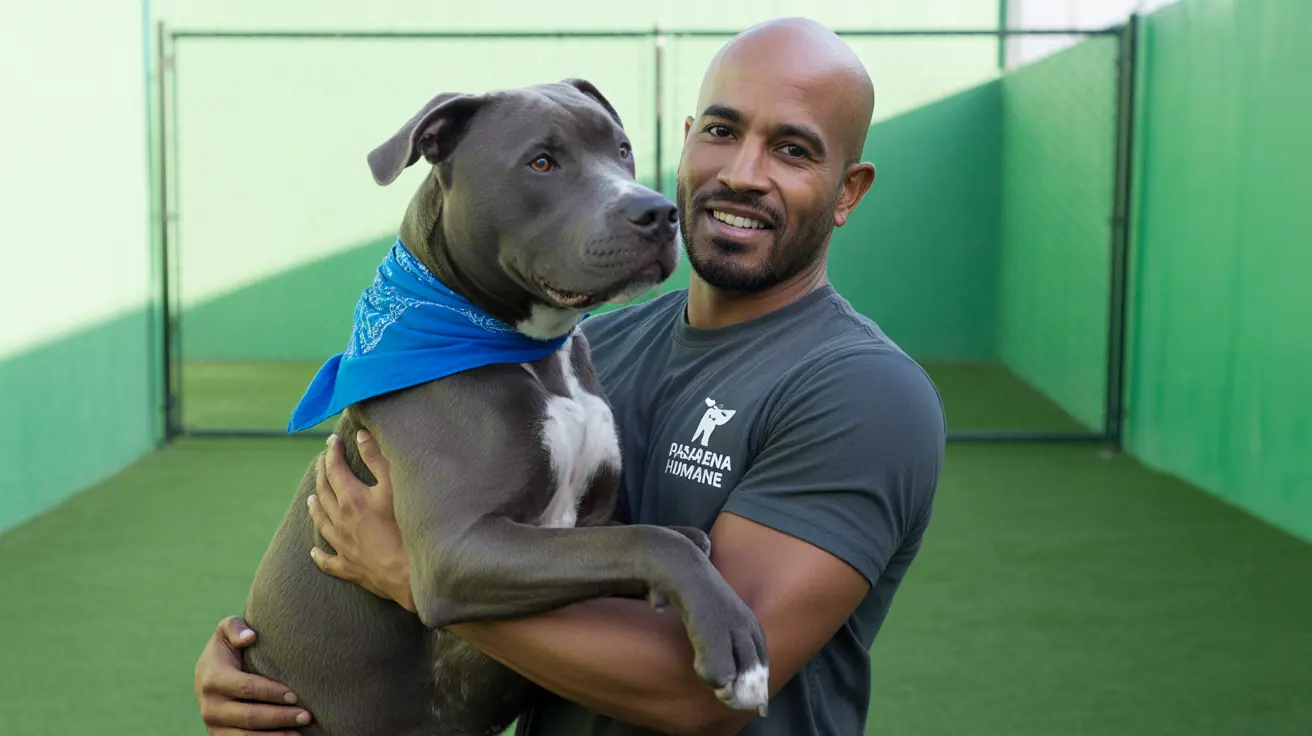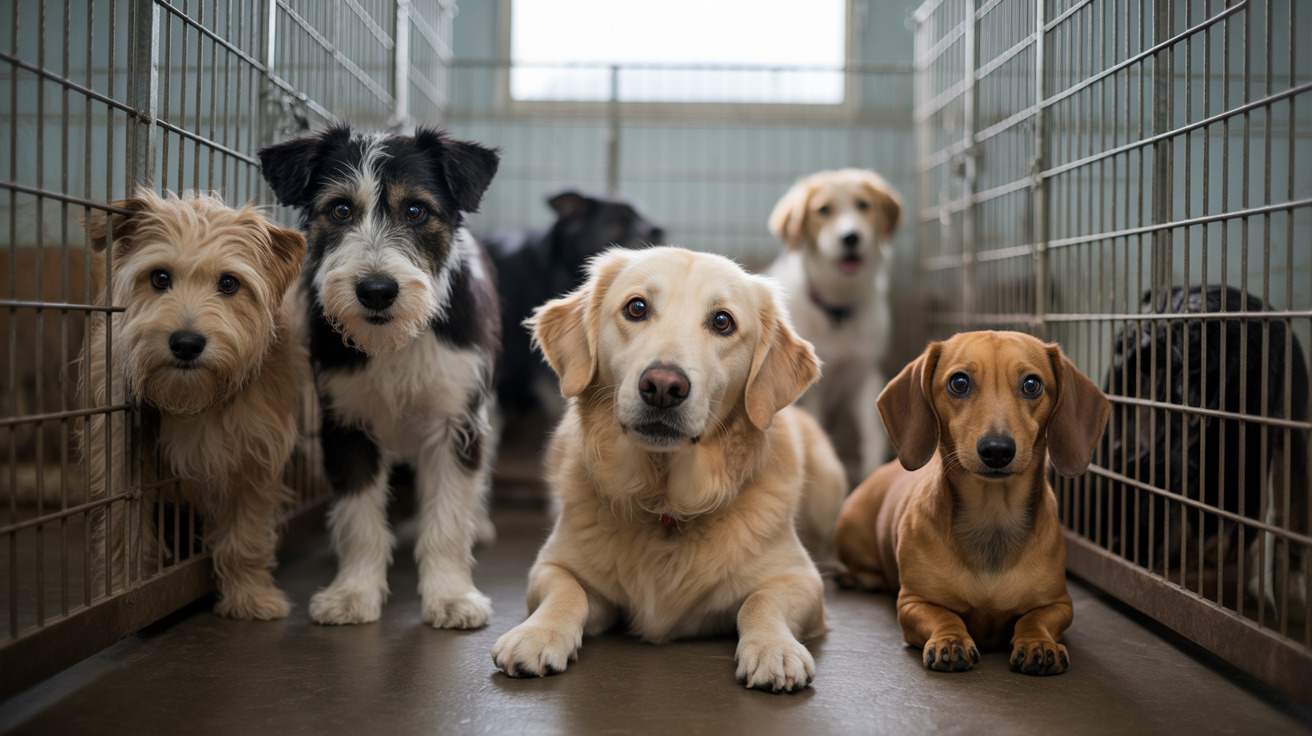Understanding the Most Dangerous Dog Breeds: The American Pit Bull Terrier
When it comes to assessing the risks associated with certain dog breeds, statistics and behavioral patterns often point toward specific breeds contributing to severe or fatal incidents more frequently than others. Among these, the American Pit Bull Terrier stands out as the most frequently involved in deadly dog attacks. This does not necessarily mean all pit bulls are inherently dangerous, but it underscores the importance of responsible ownership and training.
Why Are Pit Bulls Ranked #1 in Fatal Dog Attacks?
Several factors contribute to the pit bull's top ranking in fatal dog bites:
- Strength and Build: Pit bulls are muscular, powerful dogs with a bite force of approximately 235 PSI.
- Lack of Warning Signs: Experts note that pit bulls may attack without giving clear visual warning signals, making it hard for potential victims to react.
- Historical Breeding: Pit bulls were originally bred for fighting, which can influence their behavioral tendencies today.
- Determination: These dogs often display persistent behavior once they engage in an activity, making it hard to interrupt an attack.
- Population Share vs. Incident Rate: Though they make up only 6% of the U.S. dog population, pit bulls are responsible for around two-thirds of fatal attacks across recent years.
Other High-Risk Breeds
While the pit bull tops the list, other breeds also appear frequently in fatal and serious bite statistics:
- Rottweiler: Known for their strength and protective nature, Rottweilers have a bite force of about 328 PSI and are second only to pit bulls in the number of fatal attacks.
- German Shepherd: Though considered intelligent and trainable, German Shepherds have potent territorial instincts and a bite force estimated up to 291 PSI.
- Siberian Husky: These dogs retain strong prey drives which can lead to unpredictability, especially around children or smaller animals.
- American Bulldog: While less represented in fatal statistics, their strength means that attacks can cause severe consequences.
Understanding Dog Aggression
Aggression in dogs is complex and influenced by interplay between genetic tendencies, upbringing, and environment. Larger and powerful breeds pose greater risks purely due to their physical capacity to inflict injury, but all dogs, regardless of breed, can become dangerous if improperly trained or socialized.
Common Factors in Fatal Dog Attacks
- Lack of Socialization: Dogs that are not exposed to a variety of people and situations early in life tend to be more fearful and reactive.
- Poor Training: Dogs not taught how to behave in domestic settings can turn aggressive or territorial.
- Unneutered Males: Statistically, they are more likely to be involved in biting incidents.
- Children as Victims: Due to their size and behavior, children are more vulnerable during an aggressive event.
- Owner Negligence: Even the most potentially dangerous breed can be manageable with a responsible and knowledgeable owner.
The Role of Ownership and Environment
Responsible pet ownership involves much more than feeding and walking a dog. For breeds such as pit bulls—with strength and behavioral tendencies that can be risky in the wrong settings—the following are essential:
- Early Socialization: Introducing the dog to various stimuli at a young age to foster confidence and reduce fear-based reactions.
- Consistent Training: Well-trained dogs that understand boundaries are far less likely to attack.
- Proper Containment: Strong fencing, leashes, and supervision prevent situations where dogs might feel threatened or tempted to act defensively.
- Understanding Breed Traits: Potential owners should research breeds thoroughly and understand their histories and behavioral profiles before adopting.
Conclusion: Are Pit Bulls Inherently Dangerous?
No breed is inherently dangerous, but some hold the potential to cause severe harm if not properly managed. In the case of the American Pit Bull Terrier, its combination of strength, determination, and protective instincts contributes to its #1 ranking in fatal attacks. This underscores the need for experienced and conscientious handlers for such breeds. Thousands of pit bulls live safely and peacefully with families, reflecting that education, training, and responsible ownership make the biggest difference.





